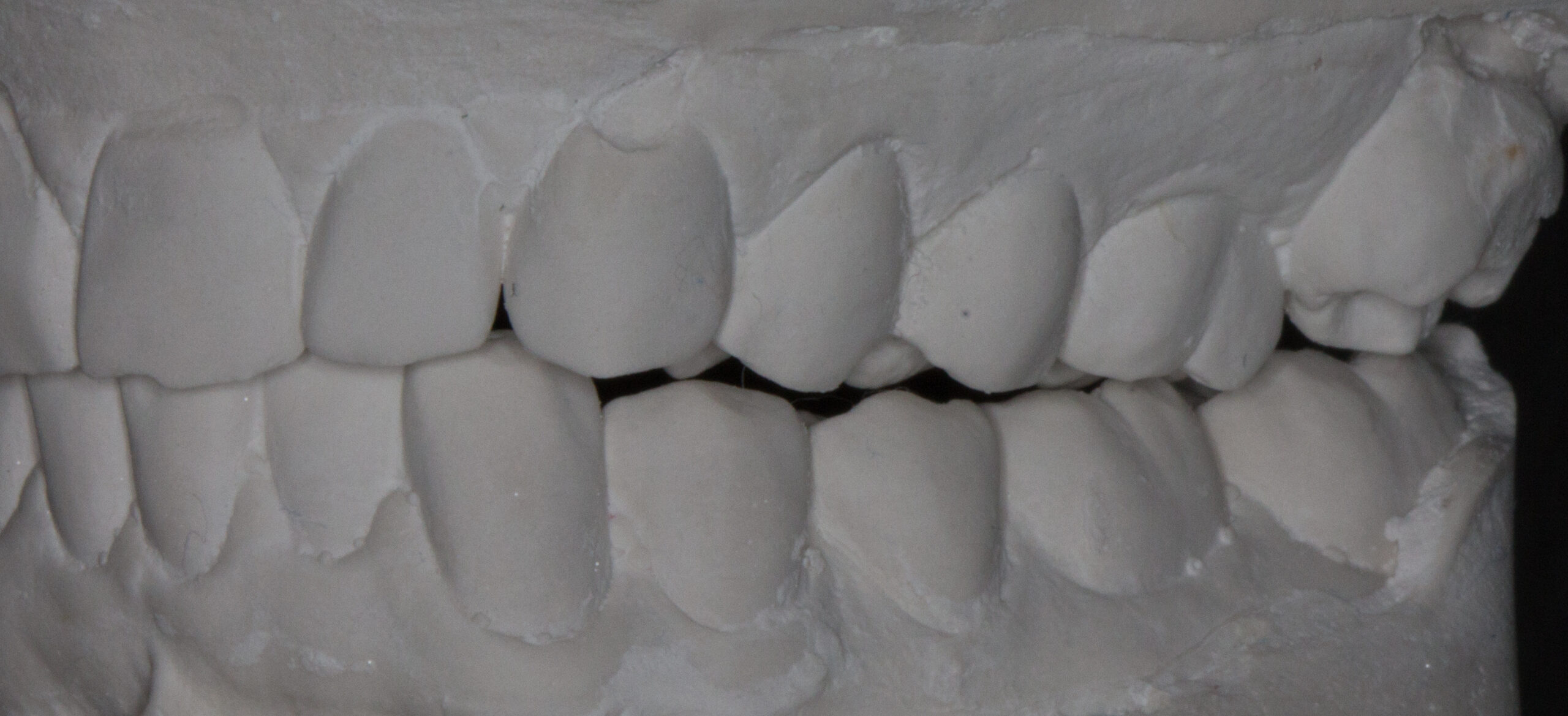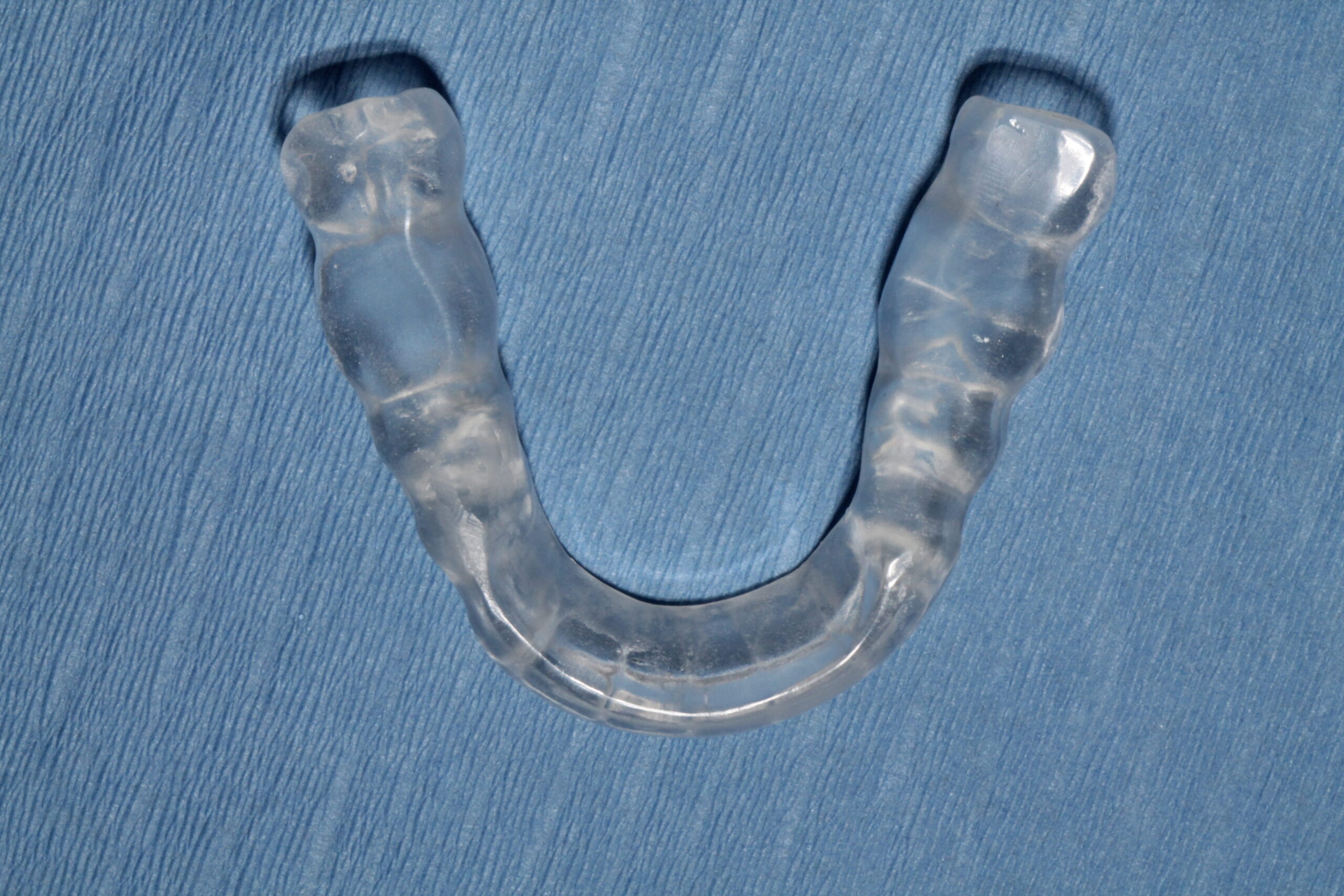Tongue tie surgery can be life altering; it can promote a young person’s growth and development. The Definition Ankyloglossia is the medical term for tongue tie — a condition that can be as mild as slightly limiting a tongue’s range of motion to causing speech and swallowing pathologies, underdevelopment of the mouth, and potentially sleep…
Read MoreIt is always a compliment when a patient volunteers to write a testimonial, and here we have just received on about how her bite splint improves her tennis performance. We are so proud of your success, and thoroughly impressed that you would use this experience to write about in your college essay! In the patients’…
Read MoreALF treats collapsed nasal valve – but what’s a collapsed nasal valve? NASAL VALVE INSUFFICIENCY The collapse of the internal nasal valves during inhalation reduces air flow through the nose, and increases the amount of pressure needed by the chest to overcome that limited inspiration. Nasal valve insufficiency looks like this: Many ENTs will…
Read MoreA dental ALF reduces obstructive sleep apnea! WHAT? HOW? OBSTRUCTIVE SLEEP APNEA Obstructive sleep apnea is a dangerous condition that occurs during sleep, wherein a person’s breathing decreases to the point of preventing air flow to the lungs. There are varying degrees of obstructive sleep apnea, and varying causes. One such cause is a restriction…
Read MoreUsing a splint as a tongue retraining program can be a challenge. Bite splints are indicated for a number of reasons, and one such is a R TMCC pattern with a loss of cervical lordosis. Guiding the patient to have smooth easy protrusive movement over a mandibular splint can create a healthy cervical lordotic curve,…
Read MorePRI (Postural Restoration Institute) featured Dr Caughey’s interview on its website! As a PRI enthusiast, I was overwhelmed with pride to be invited to be invited to speak at the 2017 Annual Interdisclipinary Symposium https://www.posturalrestoration.com/programs-courses/annual-symposium/interdisciplinary-integration – but Wow! What an honor to be recently interviewed by PRI, much less to have the interview featured on their…
Read MoreAs a 17 year long member of the Georgia Dental Association, Dr Caughey attended at the GDA Annual Meeting in an enjoyable way; sharing community and learning with local colleagues. This year Dr. Caughey was invited to speak to the audience on the relationship of bite splint designs and their effect on the cervical spine (neck)…
Read MoreMaking a splint for a patient with a scissors bite follows the same principles as in most other cases. A scissors bite is also called a buccal cross bite, wherein the maxillary molar is more than halfway across the mandibular molar; the lingual (tongue-side) cusp of the upper molar is touching the buccal (cheek-side) surface…
Read MoreFirst and foremost, many patients demonstrating symptoms of R TMCC patterning will NOT need dental intervention! But it is helpful to know how to recognize those who will. We hope this stepwise chart will aid in decision making. STEP 1: LOCATION OF SYMPTOMS FROM HISTORY Headache – almost always! Neck pain – possibly. Depends on…
Read MoreThe idea of wearing a lower bite splint is a challenge for patients with a significant gag reflex, particularly if their gag reflex is stimulated by anything touching the side of the tongue. The Gag Reflex (or pharyngeal reflex) is a hypersensitivity to anything touching the muscles involved with swallowing – the soft palate, the…
Read More




